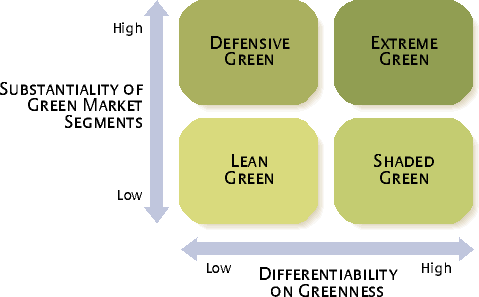Were back again this week with another look at Nestle. Nestle has really been on fire lately. We’ve already discussed them in class (through pre-assessment readings) but this is the second time the company has popped up in my blog. What are we talking about this time? Slavery, modern slavery. It was recently found that part of Nestle’s supply chain for some of its products included slave and forced labour in Thailand. What’s the kicker to this situation? It was Nestle themselves that found and announced it.
You could consider Nestle as a Lean Green company that has recently switched to the Shaded Green strategy. As discussed last week, some of Nestle’s green innovations are rather ‘backseat’ such as the filter to extract water from the operations in making their condensed milk product. However, with this new article, I am taking the stance that Nestle is working towards a Shaded Green strategy. It’s rather confusing though because you could argue that just changing their processes to be more green would be Lean Green, but Nestle is publicly announcing their changes and huge system-wide changes to improve their green stance. This is why I would argue that they are working towards a Shaded Green strategy.

In this article, Nestle found that their operations for their Fancy Feast catfood product included the use of slave and forced labour. Normally, there would be a huge backlash regarding the use of slave labour and Nestle would need a Defensive Green stance to manage this backlash. However, in this case they are taking the initiative. Nestle has announced on their own, without any external investigation that they have been using slave labour and are working to source their resources in a more sustainable manner.
While I am still skeptical about Nestle in general as a company, I can’t ignore the efforts they are putting in to reduce their environmental and social impact. This is definitely a breath of fresh air from the stories I have heard about the baby formula scandal or the public issues with Nestle’s bottled water brand. By self-reporting their internal problems, Nestle sets an example for other companies to follow. This transparency could bring in a new era with more sustainable social business practices.
With their ability to be transparent, and obviously not staged, their efforts are definitely deserving of a second chance in the eyes of consumers who care about sustainable practices of all form. I agree and respect Nestle for what they are doing here as their leadership in the market has a massive impact due to their position as an industry giant. It is hard to find and search for their implementation strategy, but wouldn’t it be interesting if there was one place where these major companies actually competed to show consumers what their strategies were (and a place where consumers care). Imagine that. Where publicly announcing and executing their sustainable strategies also meant more business.